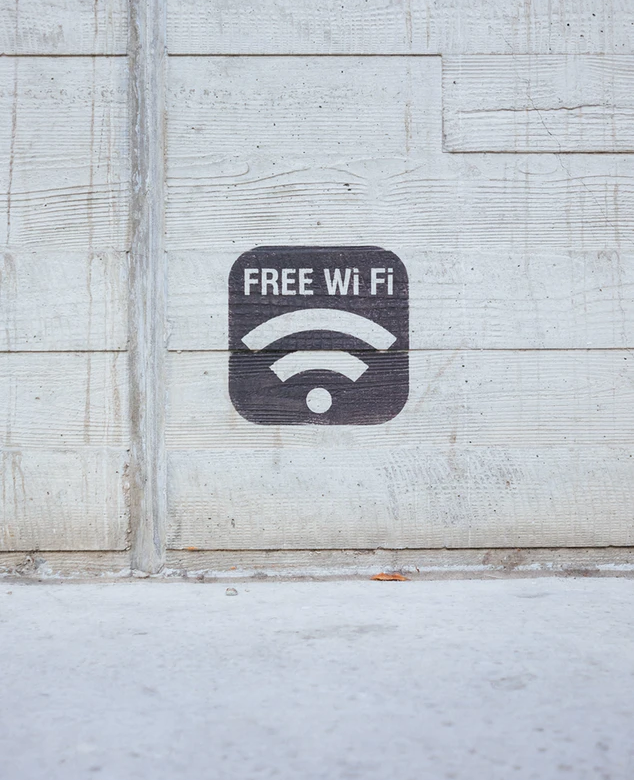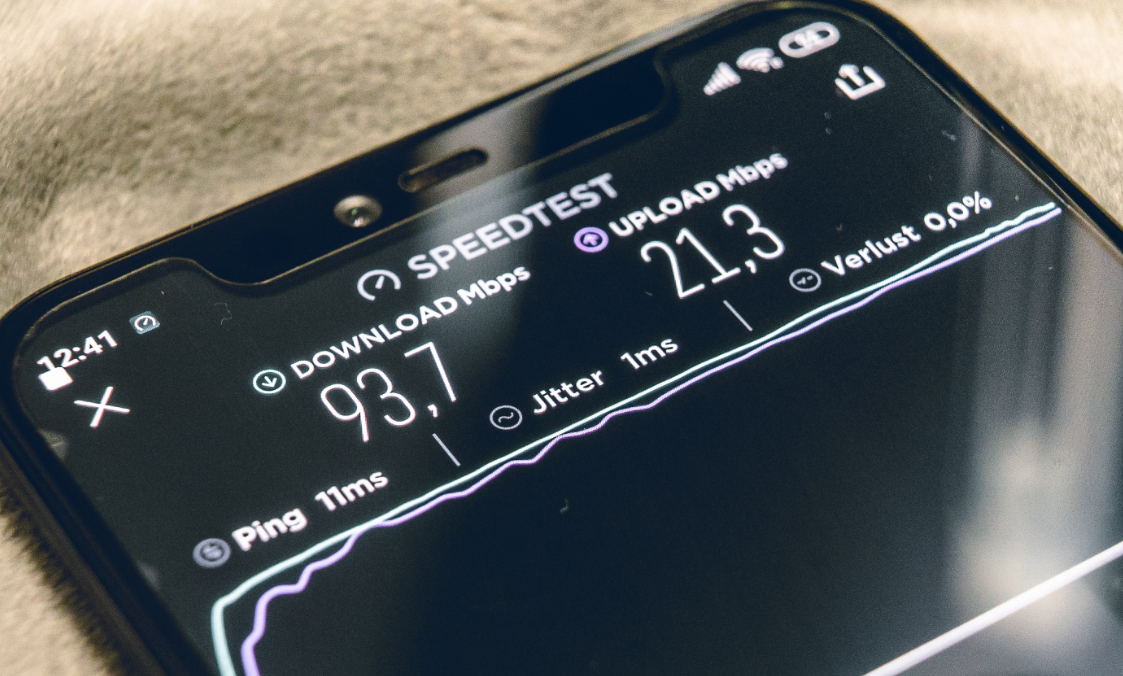At the risk of sounding rather dramatic, getting the placement of wireless Access Points right can really make or break a business’ Wi-Fi network. The top things you want from your Wi-Fi in your business (or home) are:
- Good connectivity
- Seamless roaming
- Minimal interference
- Efficiency
- Speed
- Adaptability
And you can get all of this from properly planning where your AP’s are going to go. Without the planning and forward thinking, you could be doomed to an inefficient network with poor connectivity, dead zones and interference. Cue lag time and frustration – Nobody wants that.
You may be wondering when the best time is to sort all this out, or worrying that you’ve missed the boat. You could be moving into new premises and starting from nothing, or perhaps you are expanding your organisation and need to cover a wider area, or maybe you’re just looking to upgrade your wireless network. Whichever situation you find yourself in, in order to optimise your network you need to properly consider where to place your access points. You don’t want one corner of the office to be a thriving hub of activity, and the other side struggling to load anything
So what exactly do you need to think about when designing the placement of your AP’s?
Functionality
What’s the first thing you do when you start the design process something? You identify what it’s being used for, by whom and where it’s being used. This is especially true for AP placement, so here are some things to think about to ensure seamless connectivity.
What are the demands on your network?
Think about the needs of your network – How fast does the internet need to be? What will the internet be used for? Downloads/ uploads? File size? How many employees will be using it? Imagine 2 very different businesses: A small accountancy firm with 5 employees, and an international architecture firm with hundreds of employees. The number of staff, the type and size of files, the size of the offices are all very different and thus the demands on their networks very different
How many users will you have?
How many users will be connected to the network at any given time? And how many devices will each user be using? These are important questions to consider. A general rule of thumb is one AP per 25-30 users. You also need to bear in mind that each user will have a few different devices – Those connected to the network will likely be using a smartphone, a laptop and maybe a tablet.
How big is the space?
This is the main part of AP placement design. Not only is the square footage important, but also the shape of the space and what building materials have been used to construct it. It is important that knowledge of these elements is known ahead of time to ensure network optimisation. If the space is an odd shape, then there may be areas that could lose signal. Likewise, if certain construction materials have been used then they may cause interference in those areas.
Who will be responsible for installation?
You may be thinking that your IT team can deal with this, and they may well be able to. But it is important to ensure that whoever you instruct to install your wireless network has experience of AP placement and network design. The above suggestions are a great starting point to begin discussions – And may also expose any inexperience that could cause problems later down the line. This process can be straightforward, but also relies on experience of network design and proper AP placement. If you’re not confident that you have the expertise in house, consider outsourcing it to a Wi-Fi professional (like us here at Geekabit – But we would say that wouldn’t we…)
AP design and installation
So you’ve assessed the uses of your network and identified any potential challenges you may face from your users and the what they need the internet for. The next step before installation is to carry out a wireless Site Survey to provide a more extensive check of usage intentions, challenges, business needs and space. This is necessary whether it’s for new premises or just an upgrade – Better to identify potential problems before the design stage rather than during or, worst case, after installation.
In which rooms is Wi-Fi going to be used most?
Do you have conference rooms? Individual or communal offices? Anywhere like this where usage is likely to be high will need an AP. This will ensure adequate coverage in the areas that demand it the most.
You might be thinking why not place one in a hallway? This is actually quite a common mistake. Yes, it’s likely to be a central location so we do understand the thinking behind it, however contrary to the belief that the signal can reach multiple places at once, it can actually cause interference from walls and building materials. This would have the opposite effect by causing a significant reduction in signal and range. The best places for AP’s are where people actually need them – People don’t work in hallways, they work in offices or meeting rooms.
Where should I place AP’s – Walls or ceilings?
This really depends on the type of building. To avoid any interference from pipes or ducts, you’ll often find AP’s below the ceiling or mounted on walls just under ceilings. If you have tall ceilings like a warehouse, then you may need to consider mounting the AP’s on the walls instead to make sure that the signal can reach the floor. You could also use a directional antenna to overcome any problems with distance.
Don’t forget the cables!
It’s not just about finding the best location space wise – You also need to be able to run a cable from that location back to the telecom room. This means that construction materials within the walls and building design needs to support the installation and running of cables. It’s not as easy as just choosing a location and sticking an AP there – If the cables aren’t possible, then that location won’t work.
Interference
Certain materials, like brick, metal and concrete, can adversely affect signals by blocking them and reducing their range. Other materials can also cause problems, such as thick glass or drywall, so it really is important to identify the materials used for the construction of the building before designing your network and assigning AP locations.
Be careful with overlap
A bit of coverage overlap is necessary in the deign of a network, especially in areas of high use or places surrounded by the materials we’ve just mentioned. Too much overlap, however, and you could be looking at interference.
This is where the design process of mapping out where the AP’s will go helps to highlight how much overlap is needed and where. If you’re placing AP’s in multistorey buildings or in rooms next to each other, then make sure that they are strategically staggered to provide coverage optimisation and minimise overlap.
Do you need coverage in outdoor areas?
With the likes of Google offices offering business premises of dreams for employees, an outside area that could be used for working might be preferential .If you do require coverage outside, then make sure you choose weather-proof AP’s. These are also a handy little device if you need to provide a wireless network within an area of refrigeration, heat or condensation.
If you only need coverage indoors, then you generally place APs on interior walls. If you don’t need any coverage outside, then placing AP’s too close to exterior walls would just waste signal by pushing some of it outdoors. You also want to avoid any potential security risks – If your network is accessible from outside it could mean that someone outside your organisation can gain access without the proper safety in place.
Why does AP design matter so much?
Hopefully what we’ve written about above will have answered this question already. We were dramatic when we started so we’ll finish on a dramatic note too – Your business could be completely transformed with a well-designed network and properly thought out Access Point placement. Just think how much more efficient your employees could be if the internet coverage was seamless and fast with no interference? Your whole business could move faster. Placing AP’s with thought and clever wireless network design is such an important investment to make for your business – big or small.
Our Wi-Fi Experts from Geekabit offer assistance for the whole process; from Site Surveys, to Network Design, through to Installation. If you’re not confident that your in-house IT team can effectively take your organisation through this period of change, then get in touch for our expert advice. Contact us here.












